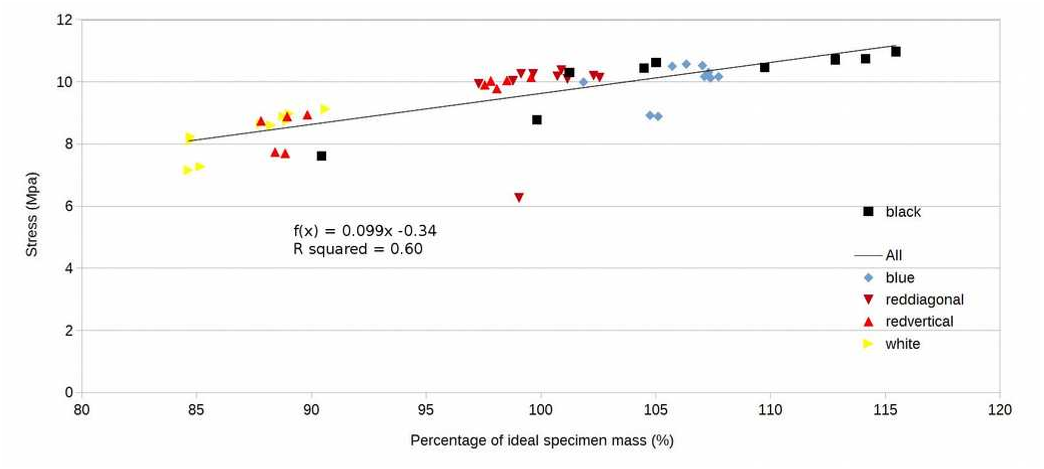Q2. What have the authors stated for future works in "Tensile strength of commercial polymer materials for fused filament fabrication 3d printing" ?
These limitations lead to several potential sources of future work. In addition, the impact of the geometry of the part need further study to determine the limitations of FFF for manufacturing [ 60 ].
Q3. What is the advantage of PLA for off-grid applications?
PLA has a relatively low melting point (150°-160° C), which requires less energy to print with than other materials and provides a distinct advantage for off-grid applications in the developing world [14-16].
Q4. What is the popular 3D printing material?
As novel and affordable 3D printing technologies continue to develop the types of materials that may become common for FFF is expected to grow [22,23] and involve the use of additives [24] (i.e., strengthening agents) to common 3D printable materials [25,26].
Q5. Why did the RepRap rise in popularity?
Due to the open-source release of the RepRap (self-Replicating Rapid prototyper) [1-3] there was a distinct rise in popularity of 3D printing at the small scale [4].
Q6. What were the other parameters used to produce acceptable print quality and uniformity?
Other printing parameters such as layer height, speed and custom controls were fine tuned for each material using the supplier's recommendations as a baseline to produce acceptable print quality and uniformity.
Q7. What are the materials available for 3D printing?
there are many other materials available on the market for prosumer (producing consumer) FFF 3D printing including nylon, polycarbonate (PC), high-density polyethylene (HDPE), high impact polystyrene (HIPS), and others [21].
Q8. How was the density of the unextruded filament determined?
The density of the unextruded filament was determined by applying Archimedes principle: a small length (around 2”) of the filament was taken and the mass was measured in air (m1) and in water (m2) separately on a electronic balance with least count of 0.0001g.
Q9. What was the test for the tensile strength of the specimen?
Ten printed tensile samples for each material/color combination were then subjected to tensile testing consistent with ASTM D638 standards [37].
Q10. What are the advantages of using flexible materials?
The use of flexible materials, such as SemiFlex, Nylon Bridge and NinjaFlex tested here, similarly open up other applications such as components that come directly in contact with humans such as hand grips, watch bands, shoes [65], belts and face mask rings.
Q11. What software was used to test the extension of flexible materials?
The extension of flexible materials (Ninjaflex, SemiFlex, and Nylon Bridge) was found to be greater than allowed by the INSTRON 4206, hence flexible materials were tested on INSTRON 4210 using the same load cell and Bluehill 2 software [45].
Q12. What is the reason why the 3D printing process is so successful?
This points to the necessity of the open source developmental model, which has been so successful in 3D printing itself to be expanded beyond materials science software [46-51] to open source materials development [24,52,53].
Q13. What is the effect of coloring agents on the strength of printed parts?
A follow up study [20] found that coloring agents altered the microstructure (percentage of crystallinity) and had an impact on the strength as is well established in the literature [35,36].
Q14. What is the reason why the part should be reprinted?
If for example, under extrusions are detected on the outer surface as shown in Figure 10, then the part should be reprinted if mechanical stability is important for the specific application.
Q15. Why is the growth of 3D printing being fueled at the consumer level?
This growth is being fueled at the consumer level because 3D printershave been proven to be an economically beneficial purchase for the developed-world middle-class [8] and those in the maker community [11-13].











